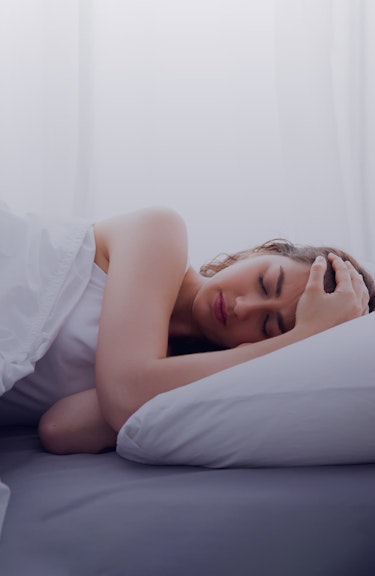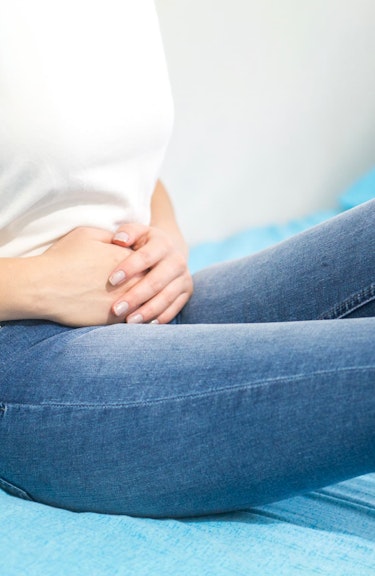


In brief
Urinary incontinence is the term used to describe involuntary and uncontrollable urine leakage. Women suffering from incontinence are forced to get up in the middle of the night, urinate more than 8 times a day, cannot satisfy their thirst, and are unable to hold on when they feel the urge to urinate.


Suffering in silence
There are several causes including multiple pregnancies, menopause, and being overweight. The consequences are serious: women's social lives and activities are impacted, and there are implications for their sex life and relationships that lead to feelings of loneliness and a loss of confidence.
The perineum plays a major role as it supports a group of genital organs, particularly the bladder, and ensures that urine is either held in or released. With time and bodily changes, the perineum is put to the test and can become very weak, resulting in uncontrollable urinary leaks for women. Women should not be afraid to talk to their gynecologist, midwife, or GP in order to break a vicious cycle, regain self-confidence, and improve their quality of life.
The 3 types of incontinence
Stress incontinence
This is the most common form and affects 50% of incontinent women. The problem is mechanical: an increase in abdominal pressure is enough to trigger urine leakage. The already weakened pelvic-floor muscles can no longer ensure the retention of urine, so a simple burst of laughter, a sneeze, a cough, or physical activity can lead to leakage.
Urge incontinence
This affects 20% of incontinent women and is charicterised as an unmanageable or untimely urge.
Mixed incontinence
Mixed incontinence is the combination of stress and urge incontinence and affects 30% of sufferers. It is particularly debilitating in everyday life.


